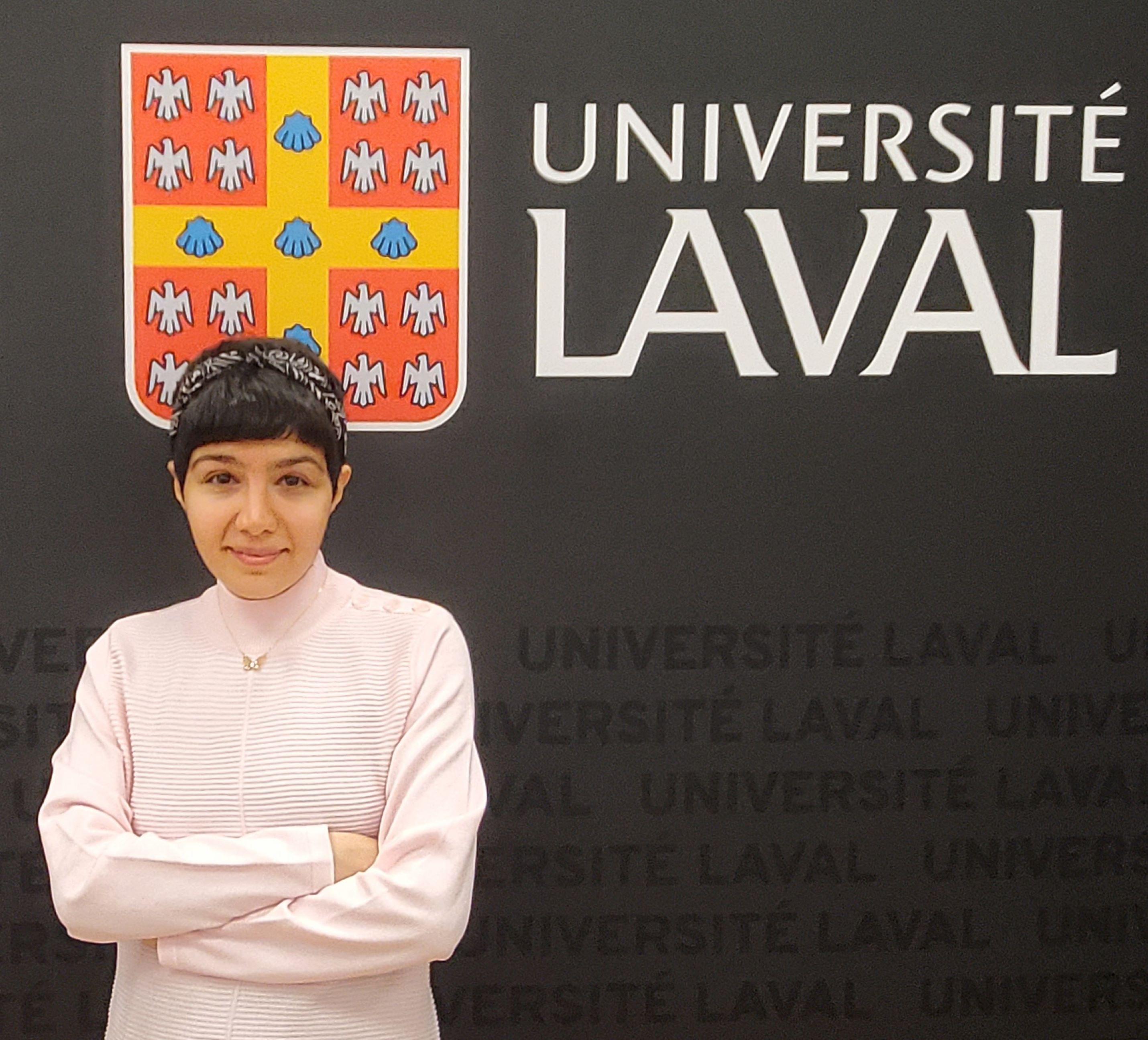Publications
- Année de publication : 2022-07-29
Référence
N. Gharbi, A. Marciniak, A. Doyen. 2022. Factors affecting the modification of bovine milk proteins in high hydrostatic pressure processing: An updated review. Comprehensive Reviews in Food Science and Food Safety, 21, 4274-4293.
Information Complémentaire
Lien vers l'article: https://ift.onlinelibrary.wiley.com/doi/abs/10.1111/1541-4337.13012
Mot(s) Clé(s)
Protéines de lait bovin Hautes pressions hydrostatiques Modifications structurales
Résumé
High hydrostatic pressure (HHP) treatment induces structural changes in bovine milk proteins depending on factors such as the temperature, pH, concentration, decompression rate, cycling, composition of the medium and pressure level and duration. An in-depth understanding of the impact of these factors is important for controlling HHP-induced modification of milk proteins and the interactions within or between them, which can be applied to prevent undesired aggregation, gelation, and precipitation during HHP processing or to obtain specific milk protein modifications to attain specific protein properties. In this regard, understanding the influences of these factors can provide insight into the modulation and optimization of HHP conditions to attain specific milk protein structures. In recent years, there has been a great research attention on HHP-induced changes in milk proteins influenced by factors such as pH, temperature, concentration, cycling, decompression condition, and medium composition. Hence, to provide insight into how these factors control milk protein structures under HHP treatment and to understand if their effects depend on HHP parameters and environmental conditions, this review discusses recent findings on how various factors (pH, temperature, cycling, decompression rate, medium composition, and concentration) affect HHP-induced bovine milk protein modification.


